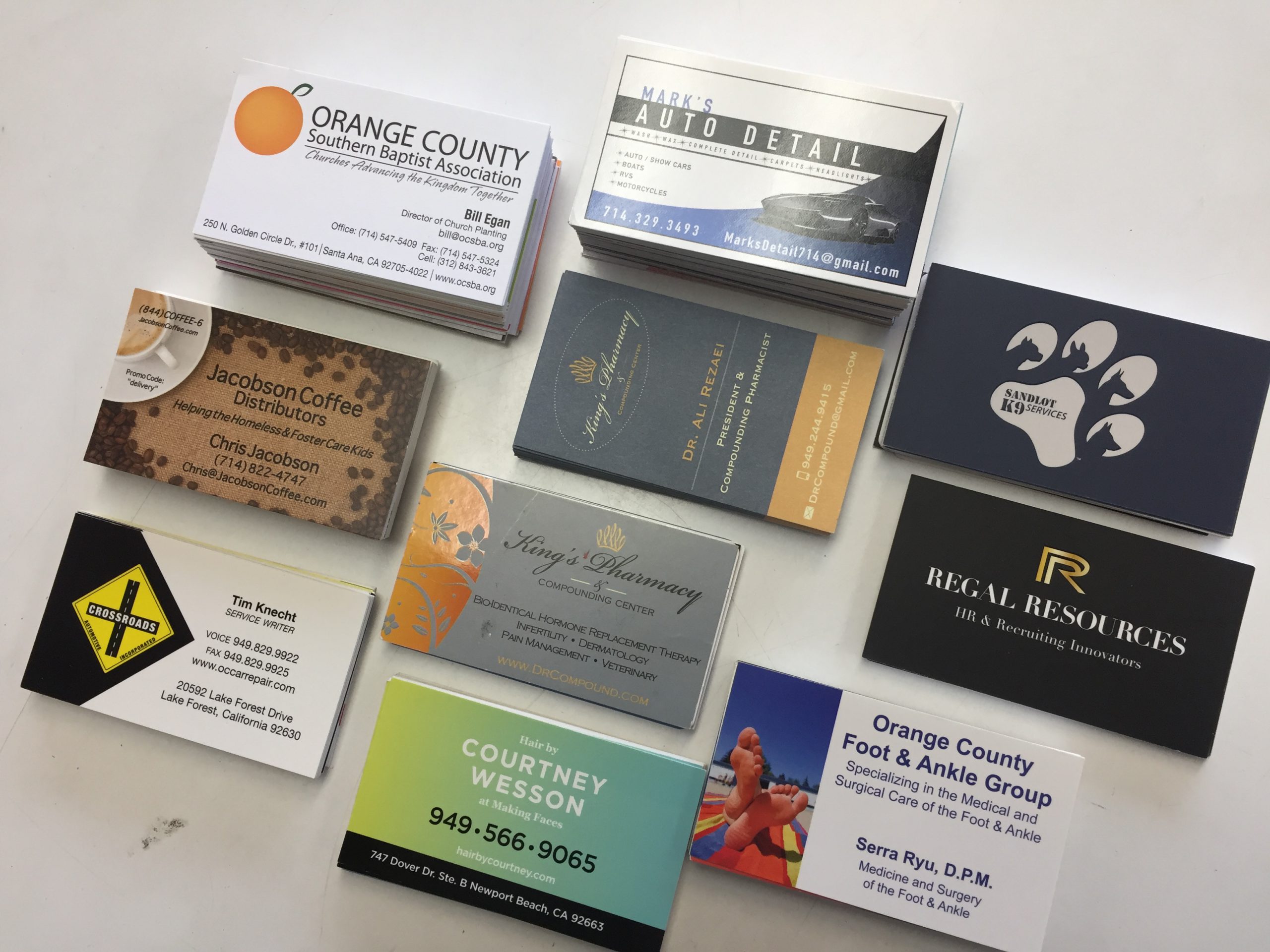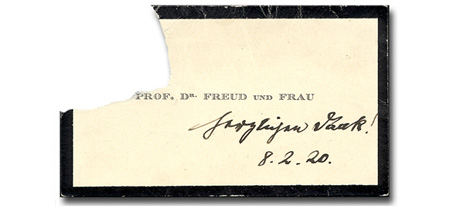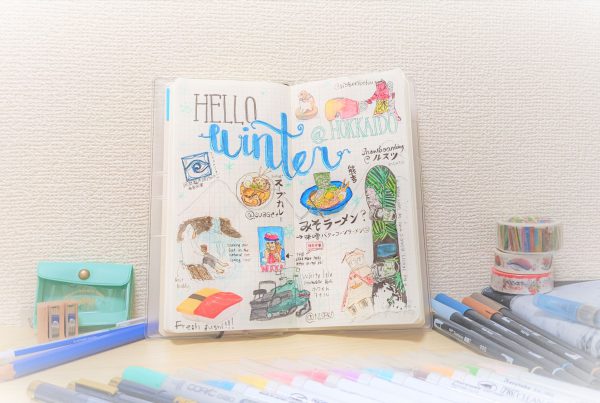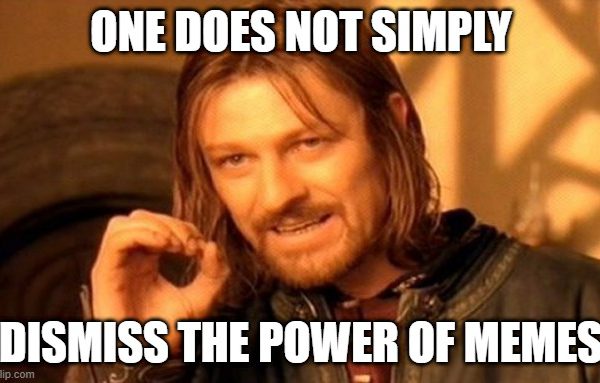For many foreign business people around the world the business card is just a contact detail but, once you step into Japan, your idea of that random piece of paper you used to exchange casually will gain a degree of sophistication you would have never imagined. Many of us learned with no little wonder that in the Land of the Rising Sun the ubiquitous business card as we used to know it, is regarded as an extension of the holder and that it needs to be handled with the same honour and respect you would show to the individuals themselves. Similarly, the protocol of exchanging business cards has such ritualistic valences which, gone wrong, could result into a serious offence.
So where did all this start? What journey did this small piece of paper go through to become the almighty passport to success in Japanese business and where is it heading?
THE HISTORY
IN CHINA
The first proof we have of a “business card” is related to a bamboo slip found in the tomb of Zhou Ran, a military commander of the Three Kingdoms Period, who died in 248. Later, around the 15th century, we find a more common use of it as a calling card that informs someone, they had a visitor in their absence and signifies that person’s intention to return.
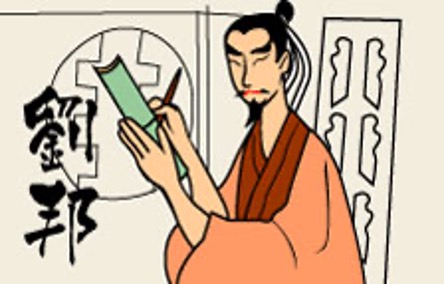
Business card storytelling. Image via Storyy.net
The Chinese word for “business card” is composed of two characters : ”名” meaning “name” and “刺” meaning “to stab” or “to stick”. The etymology of the word has its origins in the legend of a high-ranking ancestor of the Chinese Han Dynasty. It is said that he stuck a bamboo slip containing a message addressed to his future father-in-law on his doorway. The message announced his visit to ask for his daughter’s hand and to ask him the favor of acting as a facilitator.
They were also being used when people were planning to visit an elite establishment, in order to prove their credentials so that the host would deem their visit worthwhile.
IN EUROPE
These calling cards made their way to the European Elite society around late 17th century when they became an indispensable socializing tool made from expensive fabrics, containing luxury jewelry, ornate drawings, or engraved coats of arms. High society members of that time considered it their duty to order beautifully made business cards, this leading to the calling card becoming a symbol of status.
The printed versions of the business cards appeared in Germany in 1786. As a proof of how important they were in the European society of the time we have German Poet Johann Wolfgang Goethe’s calling card collection.
Goethe’s calling card collection via History
A history of business cards via designer-daily.com
There was very strict etiquette surrounding its usage :
- People would never look at other people’s calling cards while waiting to be invited in
- Cards meant for one single member of the family would have a corner folded while those meant for all the members of the family would be folded in the middle
- It was such an elaborate culture of the time that houses even had card trays built in the construction so that visitors could easily leave their cards in.
It was not long though before they became widespread among simple people in the 18th century, and they became a must have by anyone in the middle class. They were being used for all purposes from business dealings to dating. Women even used to splash them with perfume before handing them out. Back in the 17th century’s Europe people or businesses would not have an address, which made it very challenging for businesses to get more customers in major cities. The trade cards were invented as a solution to this problem.
Most trade cards were printed on both sides. One side would contain information promoting the business and the other side a map to the location of the business to facilitate the customers’ access there. We wouldn’t be wrong in calling these trade cards the forerunners of the business cards as we know them today.
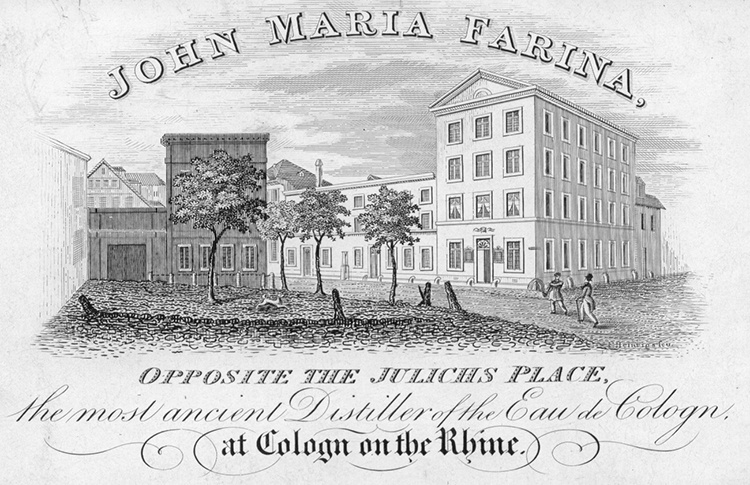
Image of Trade Cards via Caseyprinting
IN THE UNITED STATES
Business cards reached the United States in the 18th century. At that time, they were only being used by wealthy people for socializing purposes and they didn’t become widespread until after the civil war. After 1950s it was uncommon for one to leave home without carrying a business card.
IN JAPAN
We can find business cards in Japan dating back to the 19th century. They’re believed to have been brought from Europe at a time when European culture was a fad in The Land of the Rising Sun. By another theory, they could have been brought by Commodore Matthew C. Perry’s delegation who is known to have carried business cards with them when the Black Ships entered Tokyo Bay, in 1853.
Just like in China and Europe business cards at that time were meant to inform someone of an upcoming visit. They contained a message addressed to that person and the visitor’s name. In those days the name was written in ink on traditional Japanese paper. The printed versions appeared when the Western printing technology was introduced to Japan, towards the end of Edo Period. Back then we could see many business cards with family crests printed on them, hinting, just like in Europe, to the position that person held in society.During Meiji Era (1868-1912) business cards came to function as an important tool in the social circles in Japan. It is believed that the purpose it served back then was to deepen exchanges with foreigners who came to Japan.
MODERN DAYS
Currently in Mainland China, the birthplace of business cards, not many business people use business cards and some of them do not even have one. On the other hand, in Hong Kong and Singapore business cards are being exchanged on a daily basis.
It is also commonplace in the Western world. Still, nowhere in the world will we find the sophistication of protocol we can find in Japan. We can say that business cards here while keeping a simple design, totally different from the design sophistication we saw in the 17th century Europe, are being exchanged with a protocol that keeps the same complexity it had back then in Europe and sometimes even goes beyond it.
THE ROLE
Icebreaker
Besides its basic function as a self-introduction tool, the business card functions for many Japanese people as an icebreaker. Japanese people tend to come across as cold and emotionless, but the truth is they do have very deep emotions. It is the highly demanding social context that prevents them to express these emotions out of fear of losing face. In such a context, the business card used as an icebreaker comes in very handy. It gives people the opportunity to have a common discussion topic when they don’t know each other yet.
Promotion tool
It’s a promotion tool as well. You can easily promote your company through your business card provided that you have enough information on it.
Encounter
It is NOT just a contact detail! That tiny piece of paper is a whole encounter! It gives you an opportunity to deepen your interaction with your interlocutor. Some say first impressions last forever, to some others that they are deceiving, but one thing is clear: for the Japanese, the impression you make when you hand out your business card will dictate the future of that business relationship. Here it is very common to think that business starts with the business card and that the whole experience could lead to a long-lasting relationship.
THE ETIQUETTE
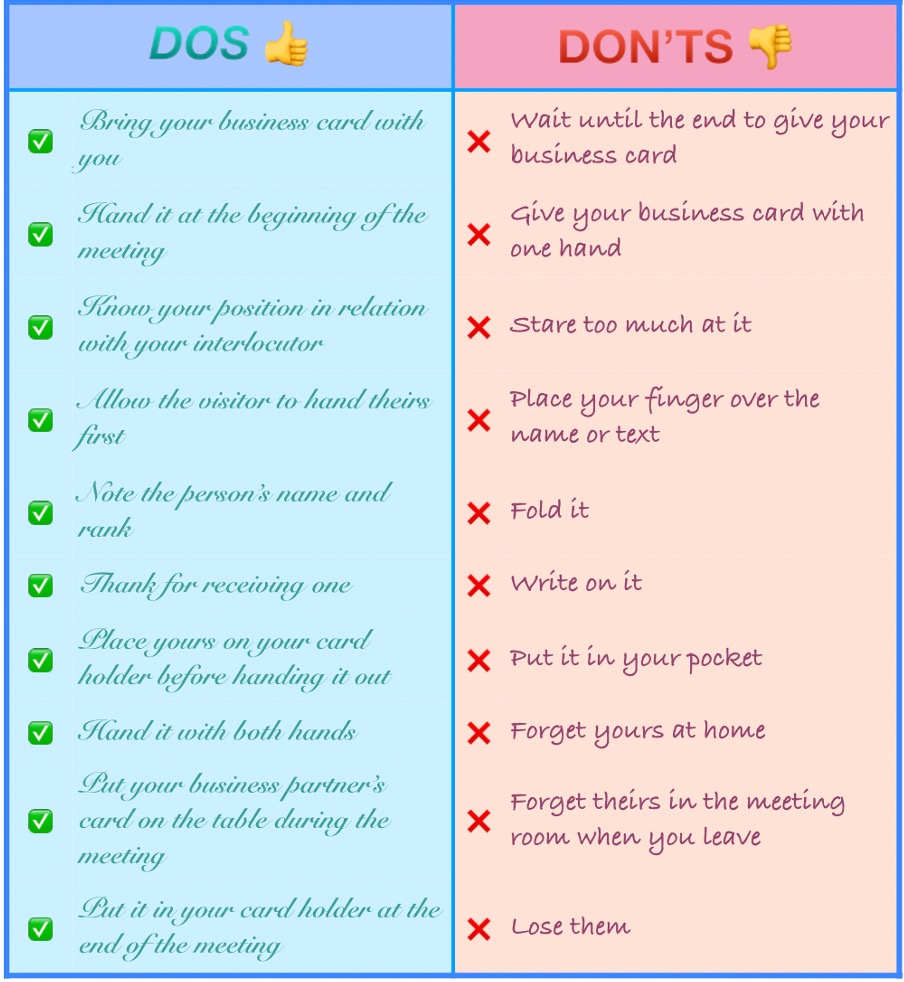
THE DESIGN
While in the Western world nowadays people place great importance on standing out and, in doing so, not hesitating to express their creativity by stepping away from traditional form and design, people in Japan, especially those in large corporations, prefer traditional form and simple design.
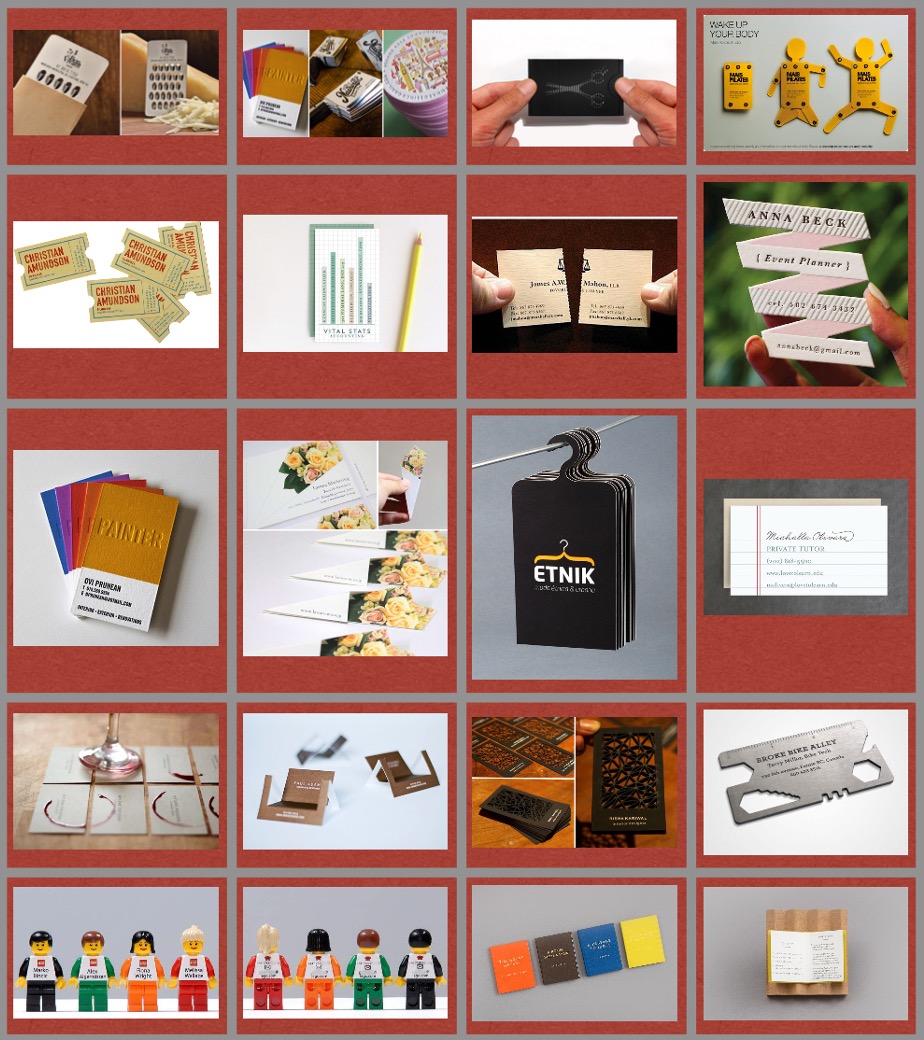
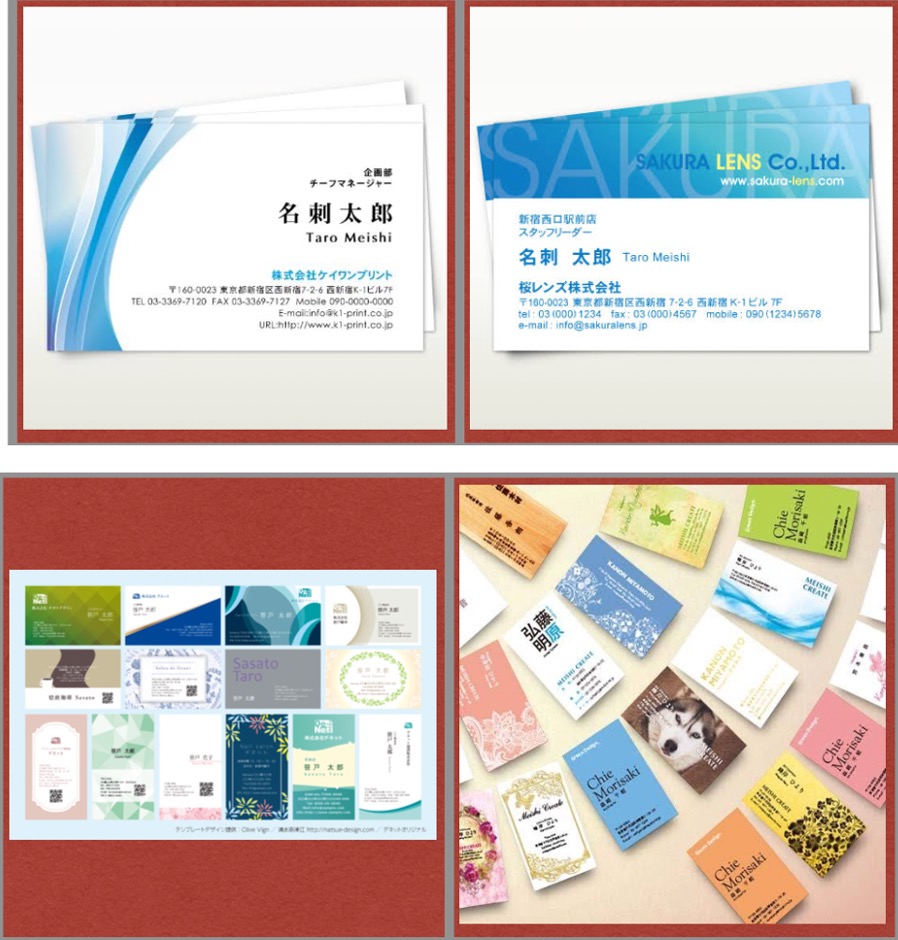
West vs. Japan: Cultural differences. Image via mymodernmet and designmeishi
Those working for startups and entrepreneurs, as well as those working in more artistic fields may choose to be a bit more creative, but not too much since standing out would not be very appreciated.
Rather than changing the shape and adding 3 or 4 dimensions to their business cards, the Japanese choose to express their creativity through colour and picture choices. Some add a speech bubble 💬 to deliver a short message, some others add a picture or make a QR code to make it digitally legible but regardless of the design they use, it is the business card exchange protocol that makes that encounter count!
BY THE NUMBERS
According to Japan times citing the CEO of Printomo Song Ki-dong, the market value of business cards in Japan was about ¥420 billion in 2011. Japan Times also cites Song saying in an interview on his company’s website that “There are about 70 million businessmen and women in Japan and most order a batch of business cards at least 3 times a year”.
In 2019 Sansan Co. Ltd, a business card scanning company, conducted a research through its business card management app Eight in which they asked 500 business persons which prefectures and industries people actively exchange business cards in among other questions and here are the answers they got:
Q 1: “What is the average number of business cards a person exchanges per year in each prefecture? “
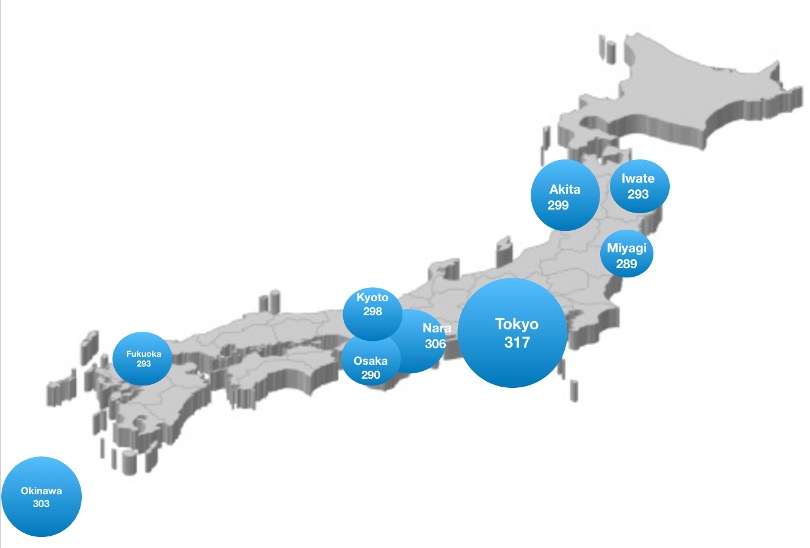
Understanding the actual situation of the business scene and the awareness of business people from business cards. Source: Sansan
Q 2: “ What is the average number of business cards a business person exchanges in each industry?”
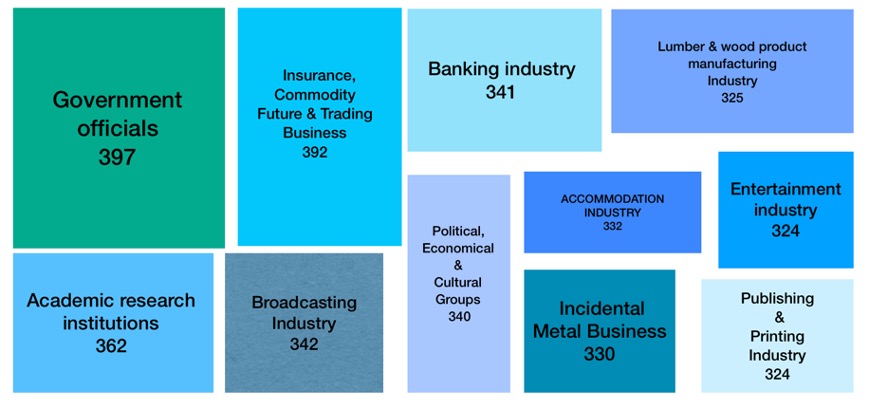
Annual number of business card exchanges per person by industry (average of the top 10 industries). Source: Sansan
Tomoyuki Ikegami and Hikaru Yamamoto, in their master thesis called “The Application of job theory in business communication”, quoted a research done by Sansan. Ltd, in 2018 according to which “about 61% of the personal connections in Japanese companies are hibernating without being used. Due to these hibernating personal relations the scale of economic loss per company is estimated at around 120 billion yen. About 22 billion business cards are being distributed domestically and the value per card is around ¥74000.
THE WAY PEOPLE CURRENTLY MANAGE THEIR BUSINESS CARDS
By the way people handle and manage business cards and social media, Tomoyuki Ikegami and Hikaru Yamamoto in their master thesis called “The Application of job theory in business communication” identified five main clusters of people:

The utilisation of personal connections. Source: Sansan
THE FUTURE
According to Sansan Co. Ltd’s research conducted in 2019 in which they asked how people manage their business cards, of 404 people asked 59.4% answered they still manage their business cards in files and business card boxes, 22.8 % mentioned they manage their business cards digitally, and 17.8 % admitted they do not manage their business cards at all.
When those who answered they still manage their business cards in the classic way were asked if they’d like to switch to digital business card management, 44.7% answered affirmatively. If we add this number to the 22.8% already using digital business card management tools, we’ll see that 67.5% incline to go digital. This can lead us to assume we’ll see an even greater increase in the number of digital users in the next few years.
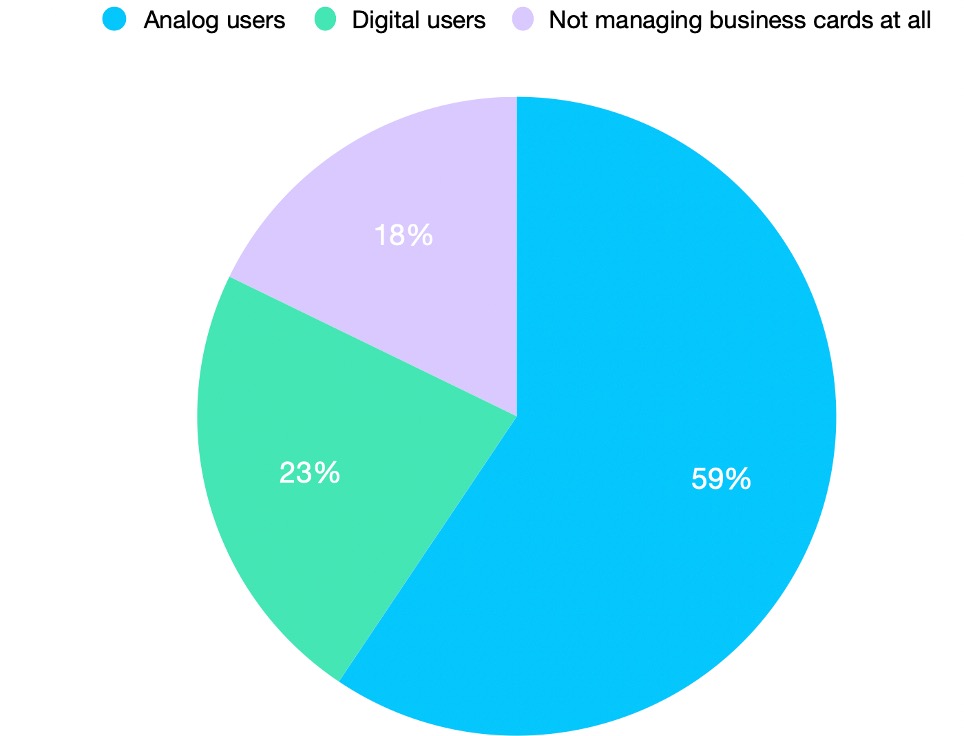
Source:Sansan
In 2019 Marketing Research Camp has done a survey on the spread of smartphone usage and they discovered that the ratio of smart-phone usage has exceeded 85%. Tomoyuki Ikegami and Hikaru Yamamoto assumed in their master thesis called “The Application of job theory in business communication” that with the introduction of 5G technology and the speed at which not only hardware but also software is being developed, we’ll see a functional progress in social media like Facebook and Twitter, which may allow profile exchanges through proprietary standard QR codes. This might, as well, replace business cards. All the data is pointing to the progress of digitalization, but we should not forget that we are in a paper loving country with people who place importance on their traditions and who tend to resist to change. In this context, I believe one question still stands : “What is the future of the paper print business in Japan and more specifically of the business card printing business?
With the COVID-19 pandemic and the remote work becoming the norm, many people have even forgotten how to use their business cards. When asked what they think the future of business cards is the answers vary.Some people don’t see it making a comeback arguing we’ve already learned how to do everything digitally, that we’ve survived without them for one year and a half and that it will take at least one more year before things go back to normal if they ever do. Some others tend to think it will all go back to the way it used be since business cards are part of the culture.
Regardless of whether the digital world will replace the paper or not, next time you come to Japan make sure you bring your passport and your passport to success in The Land of the Rising Sun!

